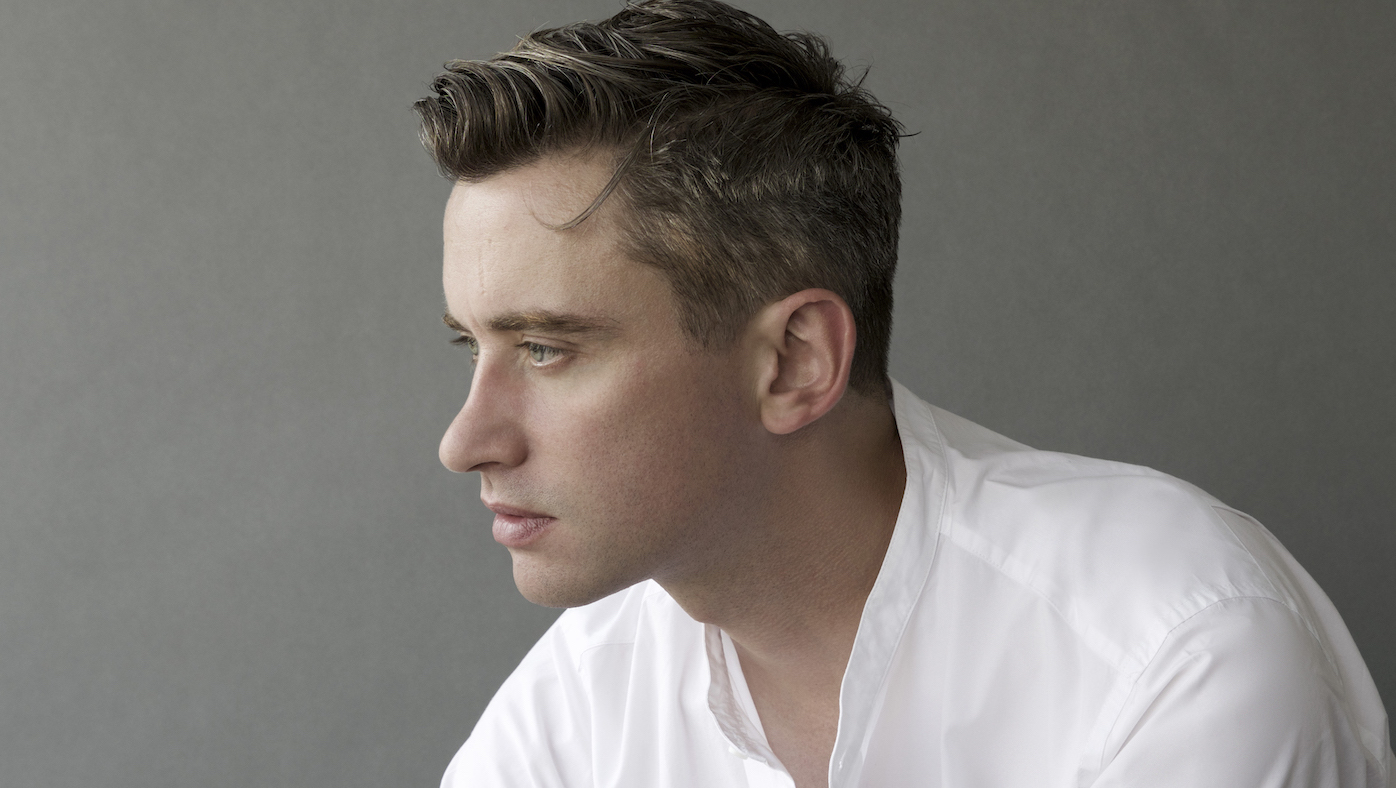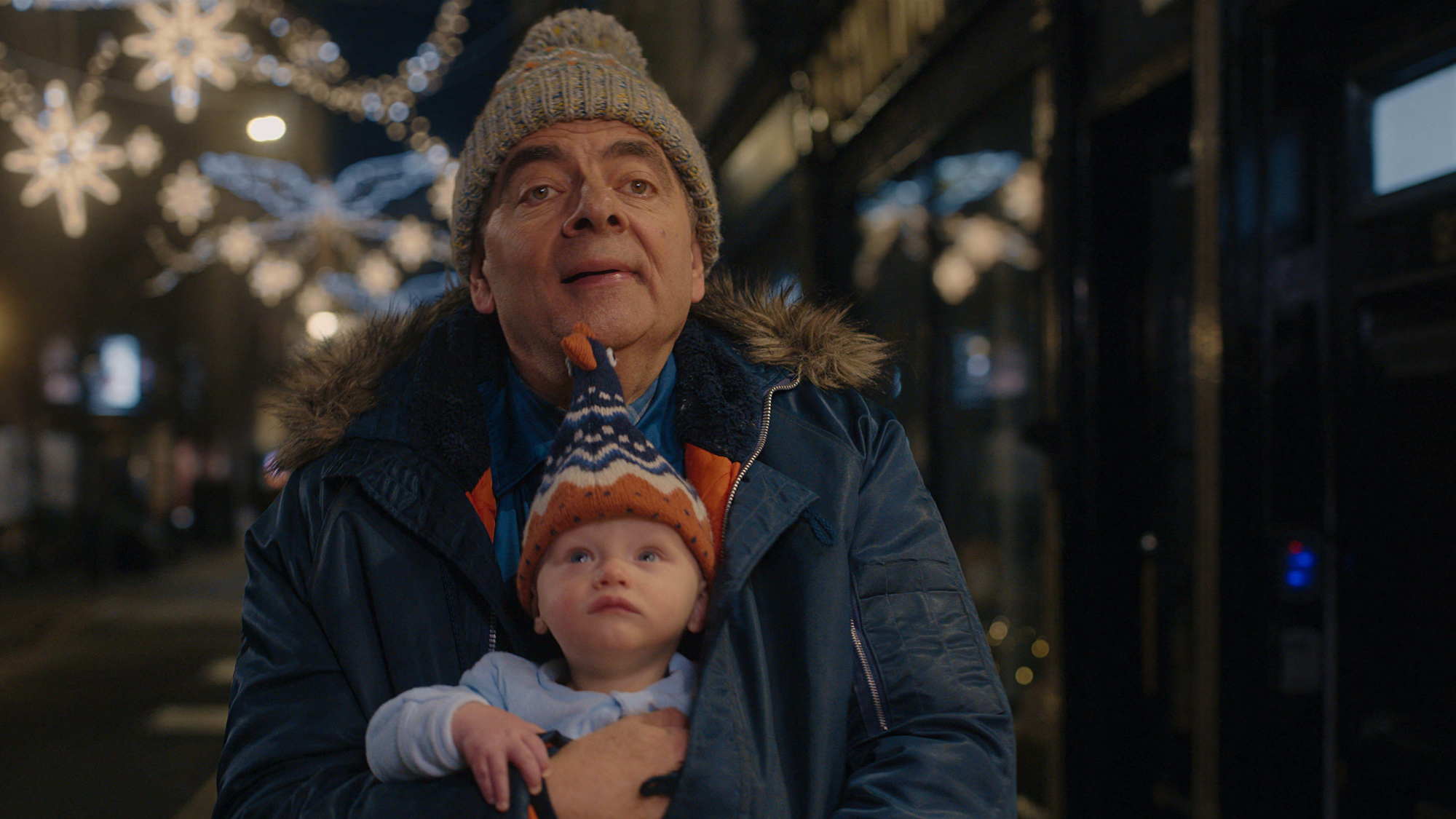‘A nurse for sleeping beauties’: Guillaume Henry talks Patou
French fashion designer knows how to reawaken heritage houses

When Guillaume Henry left Nina Ricci in 2018, he decided to take a little bit of time out. “And I started to figure how many clothes I’ve made and designed in my life and what these represent in terms of volume or quantity, in terms of production,” the designer explained over a phone call. “Suddenly, I visualised a huge amount of clothes.”
He thought about his ten years in fashion which, when you think about it in fashion seasons, is at least twice as many, if not more. “And, actually, it was really impressive. A little too impressive,” he realised of his garment output. “I said to myself, ‘Do we need that amount of clothes? Can we maybe do things in a better way?’”
It’s this kind of thinking that he has taken with him to Patou, formerly Jean Patou, the eponymous French fashion house established in 1914. The Parisian label is now owned by the LVMH, which acquired it in 2018. The story of Henry’s appointment there is as magical as his ability to bring it back to life, which he has done with great success over the past three years.
The Week
Escape your echo chamber. Get the facts behind the news, plus analysis from multiple perspectives.

Sign up for The Week's Free Newsletters
From our morning news briefing to a weekly Good News Newsletter, get the best of The Week delivered directly to your inbox.
From our morning news briefing to a weekly Good News Newsletter, get the best of The Week delivered directly to your inbox.
‘Huge emergency for fantasy’
His autumn/winter 2021 collection is an explosion of turquoise, red, yellow and pink offset by black; with strong floral prints, voluminous sleeves and trapeze shapes, an instant burst of joy in bows and beautiful billowing silhouettes. He said during Covid-19, he found there to be a “huge emergency for fantasy”. And for his more recent spring/summer 2022 collection, he added bucket hats and Patou logo-emblazoned shopping bags to the mix, with more utilitarian shapes among the vibrant flowers and controlled volume.
“Apparently, I’m kind of… I don’t know, ‘a nurse for sleeping beauties’,” laughs Henry, who is not wrong in this observation. He is referring to his talent for resurrecting heritage houses.
In 2009 he went to Carven, a couture house that had originally been established in 1945, and in later years had gone quiet. It was his big break back; he quickly caught the fashion world’s attention to become much admired for his easy-to-wear designs which were lauded for their relevant and contemporary style. He had reinvented a house – and, importantly, not ruined it in the process. It was now made for a new generation and the benchmark of cool, young and covetable clothes that could translate into the real world, especially when it came to price.
A free daily email with the biggest news stories of the day – and the best features from TheWeek.com
In 2018, he went to Nina Ricci to do the same but after three years exited. He next found himself taking a walk through Paris one day and looking at the grave of the designer Jean Patou, a designer once known for his sportswear aesthetic, perfume, a penchant for making tennis fashionable and being a 1920s dandy before his death in 1936. The 1930s had been a heyday for the brand. As luck would have it, Henry had a meeting with Sidney Toledano, the chairman and CEO of LVMH Fashion Group. LVMH had just bought the brand.
“I like this kind of serendipity,” said Henry, who explained this kind of thing has happened often during his professional life. “I’ve always been open to that.”
But while fate might have been intervening on the one hand, it’s more than fair to point out that Henry has played his own role in all of this too. Growing up in the French countryside with fantasies about Paris, Henry said what he “would hear about fashion, all about those beautiful names and brands. I was dreaming about them”. He thought of them more as people rather than brands, which is an approach he continues to employ to this day.
Practicality with elegance
Henry studied at the École Municipale des Beaux-Arts of Troyes, in France’s Champagne region, before embarking on fashion at the Duperré School of Applied Arts in Paris, followed by Institut Français de la Mode. He then joined Givenchy, working under both Julien Macdonald and Riccardo Tisci as the brand’s creative directors. A three-year stint at Paule Ka preceded his arrival at Carven in 2009, when he was just 30 years old.
Jean Patou, meanwhile, was born in 1887 to a family of tanners and joined the army before turning to fashion. He had trained in fur before establishing his first fashion house at the age of 23. He was well known for making the tennis champion Suzanne Lenglen a muse and promoting designs that weren’t restrictive: dresses without corsets, shortened skirts, sporty pieces, and the JP monogram. Louise Brooks and Josephine Baker were among his celebrity fans and his perfume Joy was described at one time as being the most expensive perfume in the world.
Following his death, Patou’s sister took over the house with her husband but it was never quite the same. In 1954, Dior designer Marc Bohan stepped in. Today, Henry further joins in the ranks of such famed Patou designers as Karl Lagerfeld, Jean Paul Gaultier and Christian Lacroix, who is a personal icon of Henry’s.
A common thread between Patou, the designer, and Henry is the ease of their designs: a sense of practicality with elegance; of being in touch. “We don’t need three sleeves when we have only two arms,” Henry said. Neither does he do ten coats at a time, or deliver any coats in summer. He’s not into being complicated.
To begin with, there was no office, no archive – he and his team (three of them in total) had to ask to see pieces belonging to private collectors and go to museums. “So for weeks I did my lessons, I learned about Patou. But at one point I said, ‘I think you have to forget about it’.” He said there is no point in creating a 1930s dress today.
Put a smile on your face
But everything he does, he said, has “Jean” in it. But the brand is now “Patou” only. “It has been silent for 30 years which is the age of generation for some people,” he points out. He describes it as being a “very optimistic” and “very positive” brand. “I don’t know, it’s like a nickname, it’s really friendly.” It’s a brand, he says, to put a smile on your face. Three years ago, he reflects, fashion was all about sportswear and rather apocalyptic in its outlook. He wanted to do the reverse.
The designer has carefully spent time working on the strategy with Patou CEO Sophie Brocart: in terms of what it should do and what it is. Which circles back to his original epiphany about over-production. Collections aren’t huge and the brand now has a strong eco conscious, promoting traceability and transparency; using recycled and organic materials; hangers use recycled wood and glue; packaging too is plastic free; and garments feature a QR code so that you can meet the people who made the clothes. “I like the idea of ‘team’,” he said.
Ten years ago, he thinks, it was all about the designer, which he now believes to be a redundant idea. “You’re nothing without good people around,” he said. And further reflects on the shift over time: “You’re talking about two industries that have almost nothing in common anymore. I mean, like, the industry ten years ago is dead.” What he likes most about it today is that you can be anyone you want. “And I adore that.”
-
 7 bars with comforting cocktails and great hospitality
7 bars with comforting cocktails and great hospitalitythe week recommends Winter is a fine time for going out and drinking up
-
 7 recipes that meet you wherever you are during winter
7 recipes that meet you wherever you are during winterthe week recommends Low-key January and decadent holiday eating are all accounted for
-
 Nine best TV shows of the year
Nine best TV shows of the yearThe Week Recommends From Adolescence to Amandaland
-
 Nine best TV shows of the year
Nine best TV shows of the yearThe Week Recommends From Adolescence to Amandaland
-
 Winter holidays in the snow and sun
Winter holidays in the snow and sunThe Week Recommends Escape the dark, cold days with the perfect getaway
-
 The best homes of the year
The best homes of the yearFeature Featuring a former helicopter engine repair workshop in Washington, D.C. and high-rise living in San Francisco
-
 Critics’ choice: The year’s top 10 movies
Critics’ choice: The year’s top 10 moviesFeature ‘One Battle After Another’ and ‘It Was Just an Accident’ stand out
-
 A luxury walking tour in Western Australia
A luxury walking tour in Western AustraliaThe Week Recommends Walk through an ‘ancient forest’ and listen to the ‘gentle hushing’ of the upper canopy
-
 Joanna Trollope: novelist who had a No. 1 bestseller with The Rector’s Wife
Joanna Trollope: novelist who had a No. 1 bestseller with The Rector’s WifeIn the Spotlight Trollope found fame with intelligent novels about the dramas and dilemmas of modern women
-
 Appetites now: 2025 in food trends
Appetites now: 2025 in food trendsFeature From dining alone to matcha mania to milk’s comeback
-
 Man vs Baby: Rowan Atkinson stars in an accidental adoption comedy
Man vs Baby: Rowan Atkinson stars in an accidental adoption comedyTalking Point Sequel to Man vs Bee is ‘nauseatingly schmaltzy’